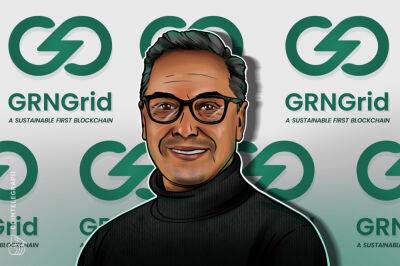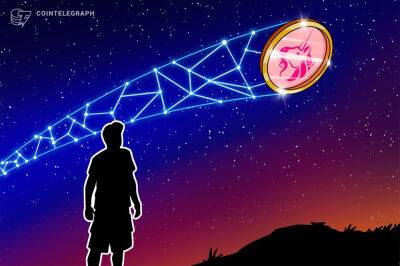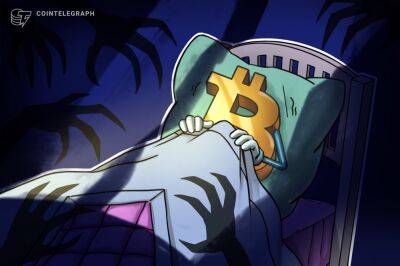‘Wallets and eyeballs’: how eBay turned the internet into a marketplace
One weekend in September 1995, a software engineer made a website. It wasn’t his first. At 28, Pierre Omidyar had followed the standard accelerated trajectory of Silicon Valley: he had learned to code in seventh grade, and was on track to becoming a millionaire before the age of 30, after having his startup bought by Microsoft. Now he worked for a company that made software for handheld computers, which were widely expected to be the next big thing. But in his spare time, he liked to tinker with side projects on the internet. The idea for this particular project would be simple: a website where people could buy and sell.
Buying and selling was still a relatively new idea online. In May 1995, Bill Gates had circulated a memo at Microsoft announcing that the internet was the company’s top priority. In July, a former investment banker named Jeff Bezos launched an online storefront called Amazon.com, which claimed to be “Earth’s biggest bookstore”. The following month, Netscape, creator of the most popular web browser, held its initial public offering (IPO). By the end of the first day of trading, the company was worth almost $3bn – despite being unprofitable. Wall Street was paying attention. The dot-com bubble was starting to inflate.
If the internet of 1995 inspired dreams of a lucrative future, the reality ran far behind. The internet may have been attracting millions of newcomers – there were nearly 45 million users in 1995, up 76% from the year before – but it wasn’t particularly user-friendly. Finding content was tricky: you could wander from one site to another by following the tissue of hyperlinks that connected them, or page through the handmade directory produced by Yahoo!, the preferred web portal before the rise
Read more on theguardian.com














![Dylan Leclair - Is CEL’s [Celsius] 29% rally enough compensation to repay debts - ambcrypto.com](https://finance-news.co/storage/thumbs_400/img/2022/7/15/33590_dfp.jpg)



![Is Uniswap [UNI] shooting for stars after its listing on Robinhood - ambcrypto.com](https://finance-news.co/storage/thumbs_400/img/2022/7/15/33584_dhtv.jpg)


